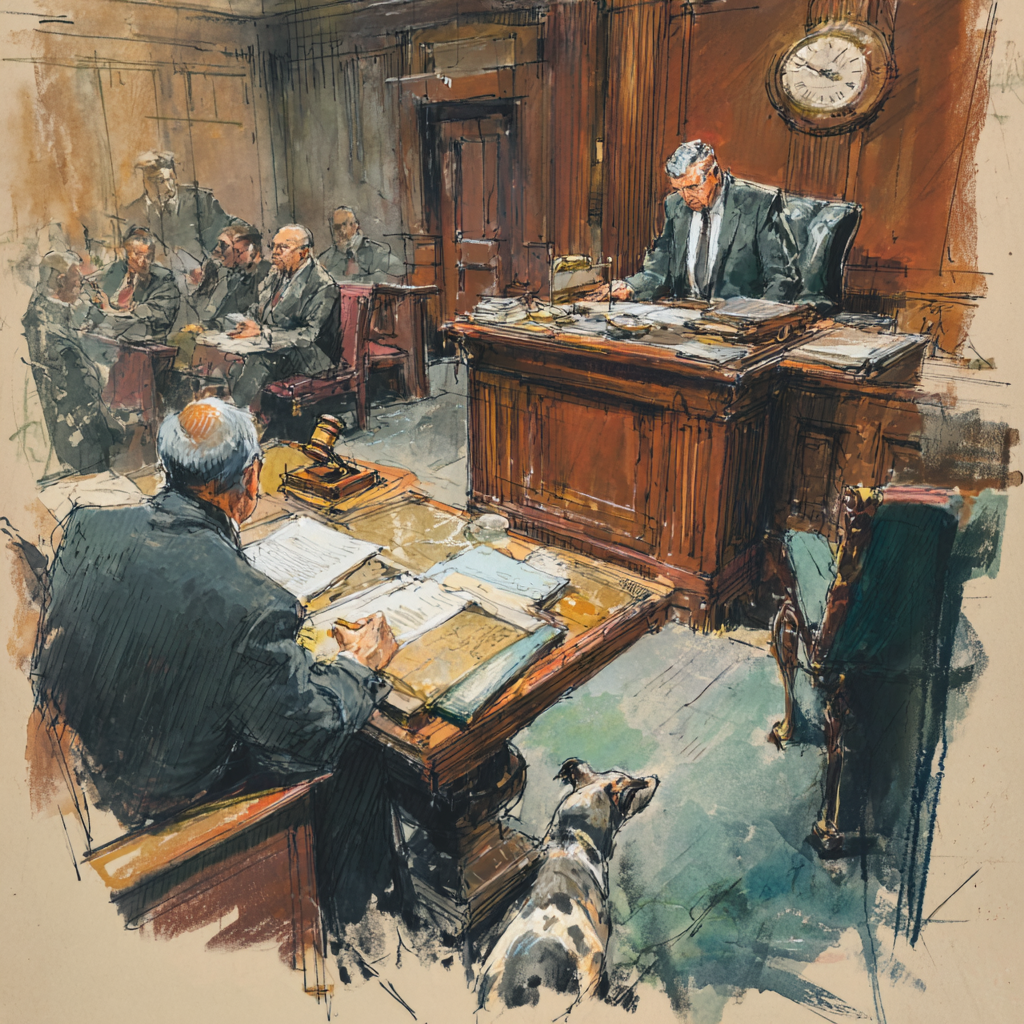
New York’s civil practice rules can challenge even the most experienced attorneys, particularly when it comes to statutes like CPLR § 2309 and CPLR § 2106. These provisions, which govern oaths, affirmations, and affidavits, frequently cause confusion in fields such as no-fault insurance and commercial debt collection. A single misstep can lead to rejected filings or unexpected financial penalties. This post examines the shared pitfalls of these statutes, draws lessons from a notable case, and offers practical advice for compliance.
Decoding CPLR § 2309 and CPLR § 2106
CPLR § 2309 outlines the requirements for oaths and affirmations, with a particular focus on affidavits signed outside New York. Subsection (c) mandates a certificate of conformity for out-of-state affidavits, confirming that the oath aligns with the laws of the state where it was administered. This step verifies the document’s validity for New York courts.
CPLR § 2106, by contrast, permits specific professionals—attorneys, physicians, osteopaths, and dentists licensed in New York—to submit affirmations instead of notarized affidavits. An affirmation requires a signed statement, declared true under penalty of perjury, streamlining the process for these individuals.
Both statutes aim to confirm the authenticity of sworn statements. Yet their technical demands often catch practitioners off guard, leading to procedural errors that courts swiftly penalize.
A Costly Lesson from Crossbridge Diagnostic Radiology
The 2009 case Crossbridge Diagnostic Radiology v. Encompass Ins. (2009 NY Slip Op 51415(U) [App. Term 2d Dept. 2009]) serves as a stark warning. In this no-fault insurance dispute, the defendant insurer claimed that coverage had been exhausted and submitted an affidavit from a claims representative to back its position. The affidavit, however, lacked the certificate of conformity required by CPLR § 2309(c) for out-of-state documents. The plaintiff’s objection led the court to reject the affidavit as inadmissible.
The fallout was significant. Justice Golia’s dissent highlighted that the insurer faced liability beyond the no-fault policy limits, all because of a preventable procedural error. This case illustrates how a minor oversight can spiral into a major setback.
Common Mistakes and Practical Solutions
The Crossbridge case reflects a broader pattern of errors with CPLR § 2309 and CPLR § 2106. Attorneys in high-stakes practice areas often stumble over these statutes’ requirements. Below are frequent missteps and strategies to sidestep them:
-
Overlooking the Certificate of Conformity
Out-of-state affidavits often arrive without the certificate of conformity mandated by CPLR § 2309(c). Practitioners should verify the document’s origin and secure the certificate, typically available from a notary or court clerk in the relevant state. -
Misapplying CPLR § 2106 Affirmations
Only designated professionals can use affirmations, and the statement must include specific language affirming truth under penalty of perjury. Attorneys must confirm the affiant’s eligibility and format the affirmation correctly. -
Ignoring Potential Objections
Opposing counsel may seize on non-compliant affidavits or affirmations to challenge their admissibility. Reviewing documents thoroughly before filing helps preempt such attacks. -
Underestimating Procedural Details
The statutes’ nuances vary by court and context. Studying these rules or consulting a procedural manual can prevent costly mistakes.
Strategies for Staying Compliant
To handle CPLR § 2309 and CPLR § 2106 effectively, attorneys can adopt several habits:
-
Verify Document Sources: For out-of-state affidavits, confirm the oath’s administration and include a certificate of conformity.
-
Standardize Affirmations: Develop templates for CPLR § 2106 affirmations to maintain consistency and meet statutory requirements.
-
Educate Teams: Train paralegals and associates on these statutes to catch errors early in document preparation.
-
Monitor Legal Precedents: Stay informed about cases like Crossbridge to understand how courts apply these rules.
Final Thoughts
CPLR § 2309 and CPLR § 2106 may appear as mere procedural hurdles, but they hold immense power to shape case outcomes. The Crossbridge case demonstrates the high stakes of non-compliance, particularly in no-fault insurance disputes. By mastering these statutes, anticipating challenges, and implementing sound practices, attorneys can safeguard their clients and strengthen their advocacy. Precision in these details separates successful practitioners from those caught off guard by avoidable errors.









